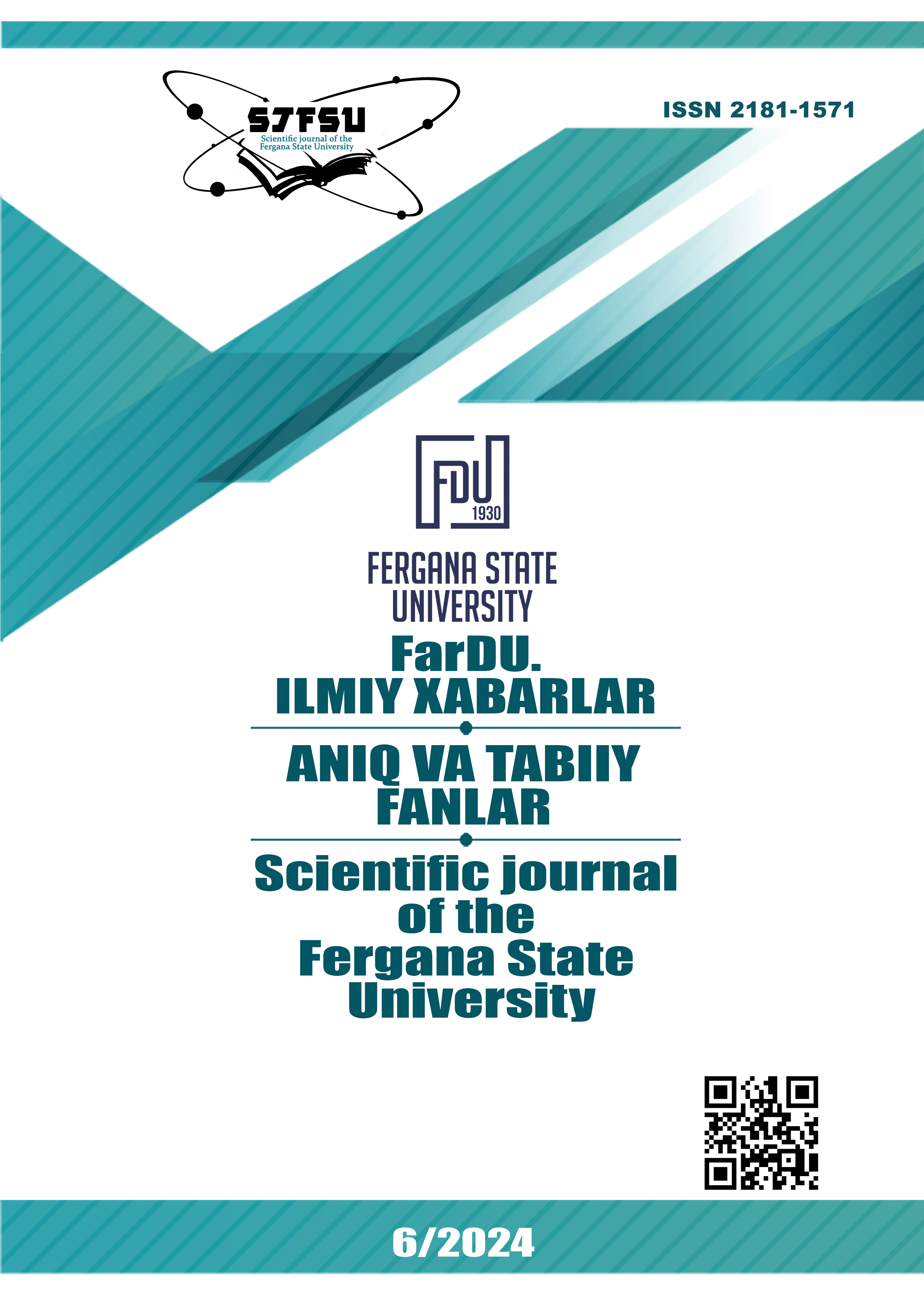MEMBRANE MODIFICATION IN THE FORMATION OF CHANNELS, CHANNEL SIZE, EXTERNAL CONDITIONS, AND THE ROLE OF MECHANICAL FACTORS
Keywords:
Membrane transition channels, electric field, mechanical forces, channel size.Abstract
The formation of membrane transition channels is associated with various external conditions, mechanical forces, and changes in membrane structure. This article analyzes the formation of channels in membranes under the influence of electric fields, the significance of channel size, and other factors. A deeper understanding of these processes may lead to new approaches in cell biology and medicine.
References
Lata, K., et al., Membrane dynamics and remodelling in response to the action of the membrane-damaging pore-forming toxins. 2022. 255(2): p. 161-173.
Giacomello, A. and R.J.A.i.P.X. Roth, Bubble formation in nanopores: a matter of hydrophobicity, geometry, and size. 2020. 5(1): p. 1817780.
Lalia, B.S., et al., A review on membrane fabrication: Structure, properties and performance relationship. 2013. 326: p. 77-95.
Ray, S., et al., The plasma membrane as a capacitor for energy and metabolism. 2016. 310(3): p. C181-C192.
Dev, S.B., et al., Medical applications of electroporation. 2000. 28(1): p. 206-223.
Kulma, M., G.J.C. Anderluh, and M.L. Sciences, Beyond pore formation: Reorganization of the plasma membrane induced by pore-forming proteins. 2021. 78(17-18): p. 6229-6249.
Jovanović, A.A., et al., Comparative effects of cholesterol and β‐sitosterol on the liposome membrane characteristics. 2018. 120(9): p. 1800039.
Abduvokhidov, D., et al., Unraveling the transport properties of RONS across nitro-oxidized membranes. 2023. 13(7): p. 1043.
Sinn, C.G., et al., Binding of calcium to phosphatidylcholine–phosphatidylserine membranes. 2006. 282: p. 410-419.
Ros, U. and A.J.J.T.J.o.m.b. García-Sáez, More than a pore: the interplay of pore-forming proteins and lipid membranes. 2015. 248: p. 545-561.
OʻBrien, F.J., et al., The effect of pore size on permeability and cell attachment in collagen scaffolds for tissue engineering. 2007. 15(1): p. 3-17.
Hannesschlaeger, C., A. Horner, and P.J.C.r. Pohl, Intrinsic membrane permeability to small molecules. 2019. 119(9): p. 5922-5953.
Niyozaliev, M., et al., Unraveling the influence of nitration on pore formation time in electroporation of cell membranes: a molecular dynamics simulation approach. 2024. 57(28): p. 285202.
Maloney, T., H.J.J.o.p. Paulapuro, and p. science, The formation of pores in the cell wall. 1999. 25(12): p. 430-436.
Akimov, S.A., et al., Pore formation in lipid membrane II: Energy landscape under external stress. 2017. 7(1): p. 12509.
Chadwick, S.R., J.-z. Wu, and S.A.J.C.P.B. Freeman, Solute transport controls membrane tension and organellar volume. 2021. 55: p. 1-24.
Wang, K., et al., Mechanical characterization of membranes, in Membrane characterization. 2017, Elsevier. p. 259-306.
Marín-Medina, N., et al., Mechanical properties that influence antimicrobial peptide activity in lipid membranes. 2016. 100: p. 10251-10263.
Downloads
Published
Issue
Section
License
Copyright (c) 2025 Scientific journal of the Fergana State University

This work is licensed under a Creative Commons Attribution-NonCommercial-NoDerivatives 4.0 International License.

